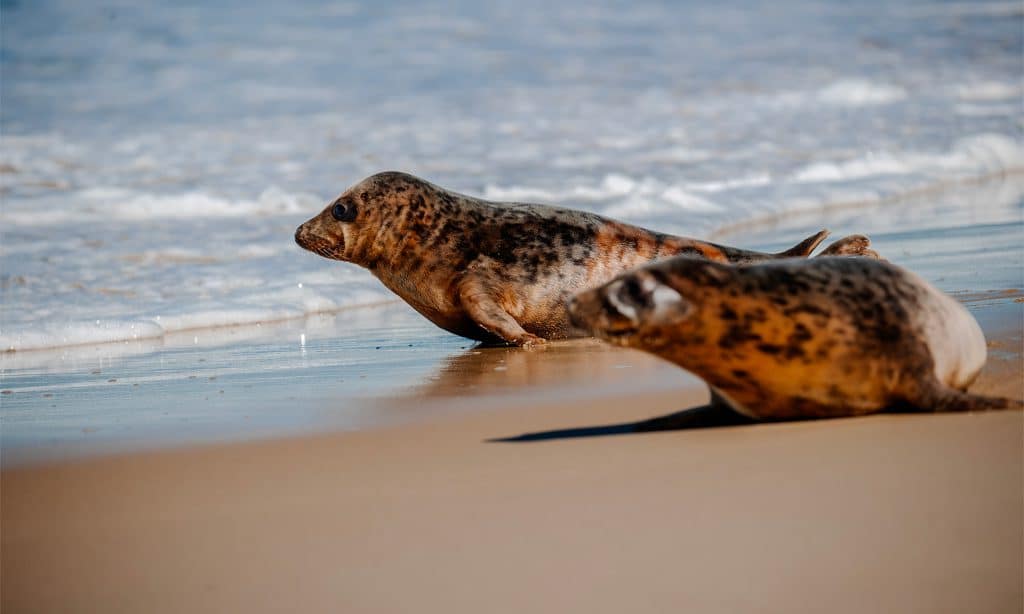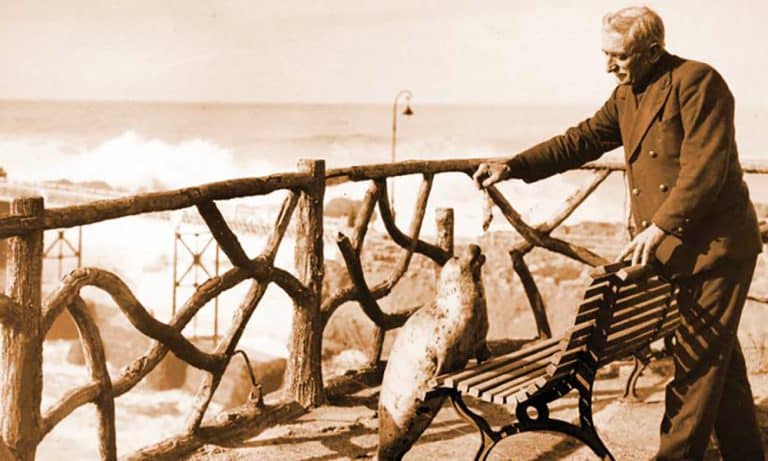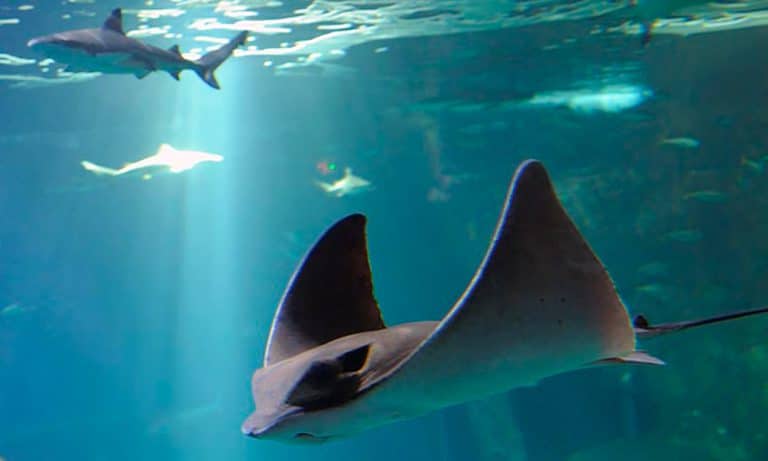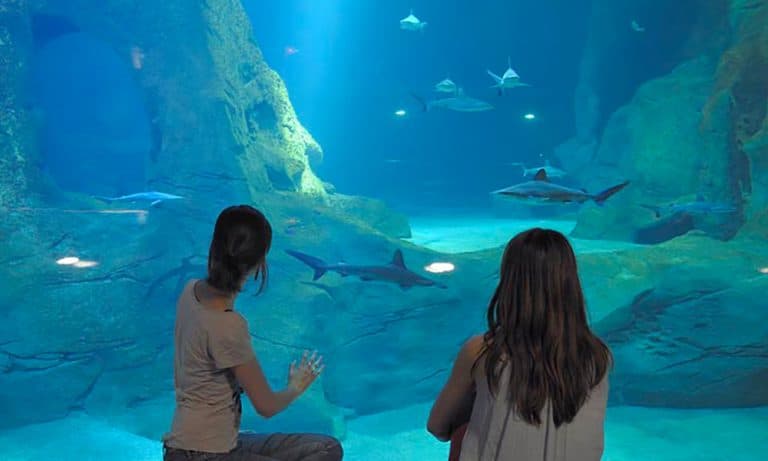The Aquarium is open today from 9.30am to 7pmVisits last an average of 1.5 hoursAdmission desks shut one hour before closing
Discover the Aquarium de Biarritz in total immersion
OCEAN-WONDER-MENT
The Aquarium de Biarritz invites you to an exceptional encounter with sea turtles, mysterious sharks, playful seals, spectacular jellyfish, and tropical fish. Enjoy a unique experience combining scientific discovery, wonder and awareness of marine biodiversity.
Discover, raise awareness, inspire wonder!
Currently at the Aquarium
DISCOVER OUR NEWS
The Aquarium de Biarritz Care Center
YOUR TICKET ALSO HELPS SAVE MARINE ANIMALS
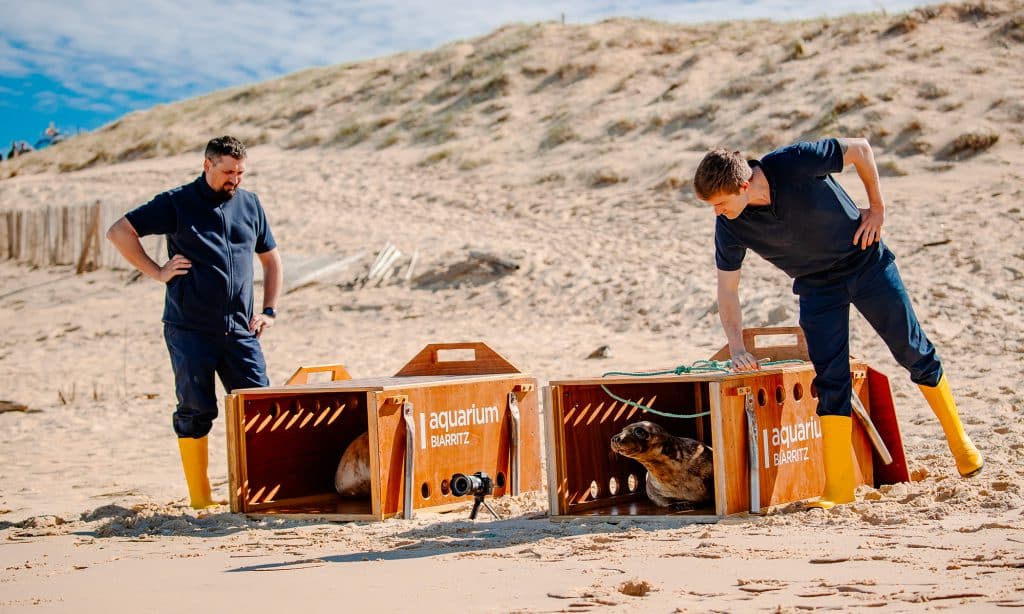
The Aquarium de Biarritz is also a care center for beached seals. In this way, it is helping to save endangered species. Every year, several individuals are found injured and exhausted on the beaches of the Basque Country and Landes.
